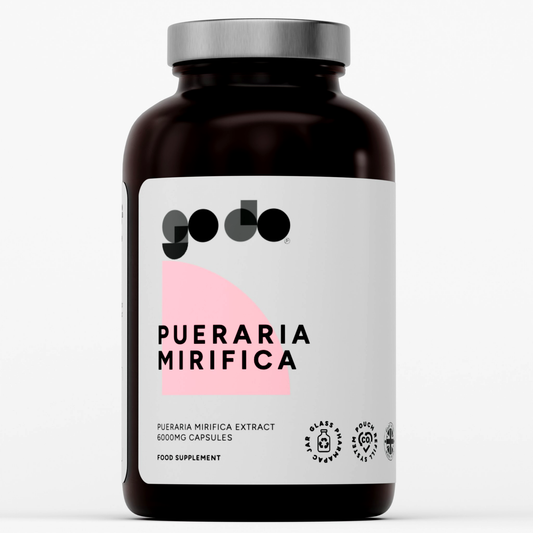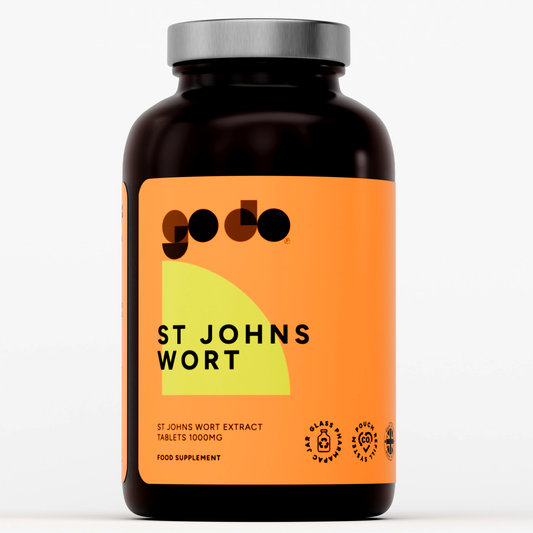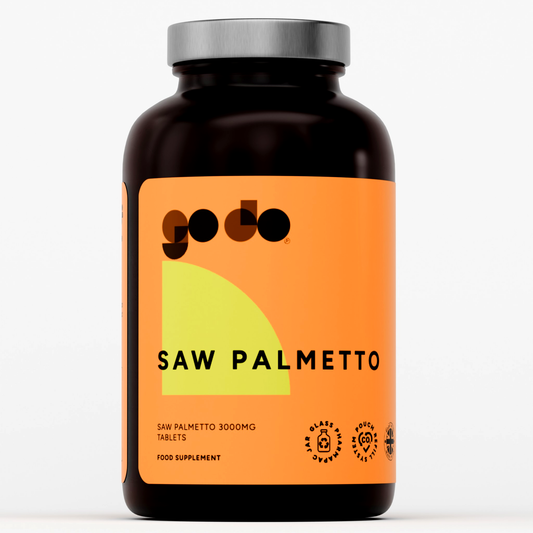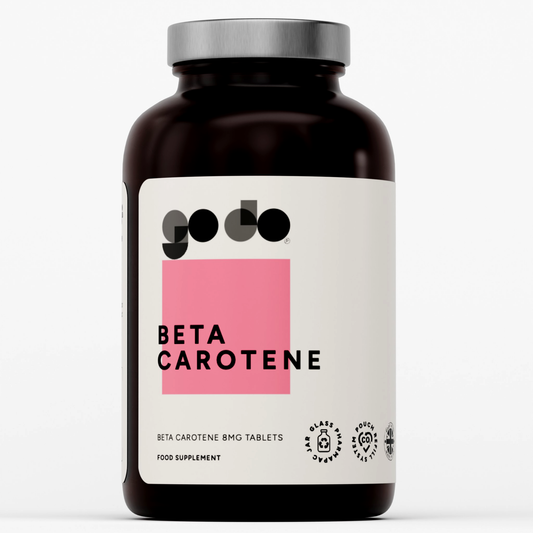How to Reduce the risks of Diabetes
Diabetes mellitus is a group of metabolic diseases categorised by a disproportionately high (or unrestrained) blood glucose level. Chronic uncontrolled diabetes is connected with long-term damage to several body organs, counting the eyes, kidneys, nerves, heart, and blood vessels. Diabetes is the foremost cause of impaired vision (if not full-blown blindness), renal failure, and lower extremity amputations (toes and feet). The major types of diabetes mellitus are type 1 and type 2. Type 1, formerly known as insulin-dependent, is linked with pancreatic beta cell obliteration by an autoimmune process, typically leading to absolute insulin deficiency. Exogenous insulin by either injection or pump is essential for survival. Type 2, formerly known as non-insulin dependent, is characterised by insulin opposition in peripheral tissues and an insulin secretory shortage of the pancreatic beta cells. This is the most common form of diabetes mellitus (comprising a whopping 90% of cases). The treatment customarily embraces diet modification, weight control, regular exercise, and oral hypoglycaemic agents. Irrespective of the type, diabetes mellitus is a condition that poses numerous problems for the inflicted individual.
As a result, if possible, it is best to take the proper steps to ensure that one’s risk is at its lowest possible level! So, how does one reduce the risk of acquiring these diseases? Well, the main points to consider are eating a healthy, balanced diet, and undertaking some form of physical activity. The standard recommendations pertain primarily to aerobic endurance exercise, where no less than 150 minutes (2 hours and 30 minutes) of moderate-intensity aerobic activity, such as cycling or fast walking, is needed every week. Correspondingly, this would be a 12 to 16 on a 6 to 20 RPE scale!
Resistance training is equally beneficial as, depending on the modality of training, maximum quantities of blood glucose are being utilised by the exercising musculature, and blood chemistry homeostasis is maintained.
Now, when we refer to a healthy, balanced diet, what do we mean? The standard recommendations include a focus around all major food groups. This, in essence, means that one should consume plenty sources of protein (meat, fish, tofu, eggs, beans, among others), hefty starchy foods (potatoes, wholegrain pasta, rice, and bread), dairy, and plenty of fruit and vegetables (a minimum of five a day).
Bibliography
- American College of Sports Medicine and Diabetics Association. 2010. Position stand: Exercise and type 2 diabetes. Medicine and Science in Sports and Exercise 42 (12): 2282-2303.
- Conley, M.S., and R. Rozenek. 2001. National Strength and Conditioning Association position statement: Health aspects of resistance exercise and training. Strength and Conditioning Journal 23 (6): 9-23.
- “Diabetes Mellitus.” Professional Guide to Diseases. 10th ed. Philadelphia: Wolters Kluwer Health/Lippincott Williams & Wilkins, 2013. 587-595.
- McAdle, W.D., F.I. Katch. 2009. Sports and exercise nutrition. Philadelphia: Lippincott, Williams & Wilkins.








